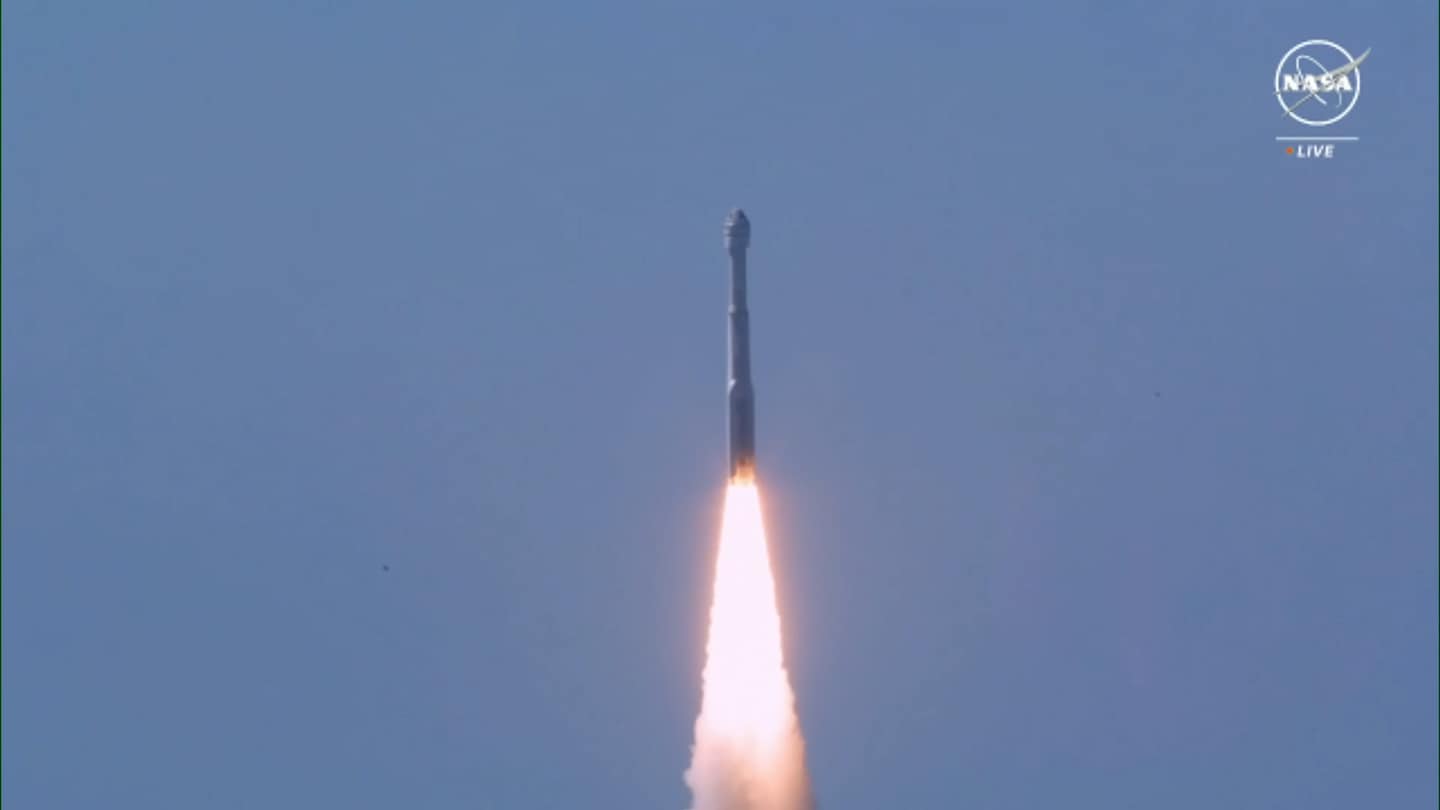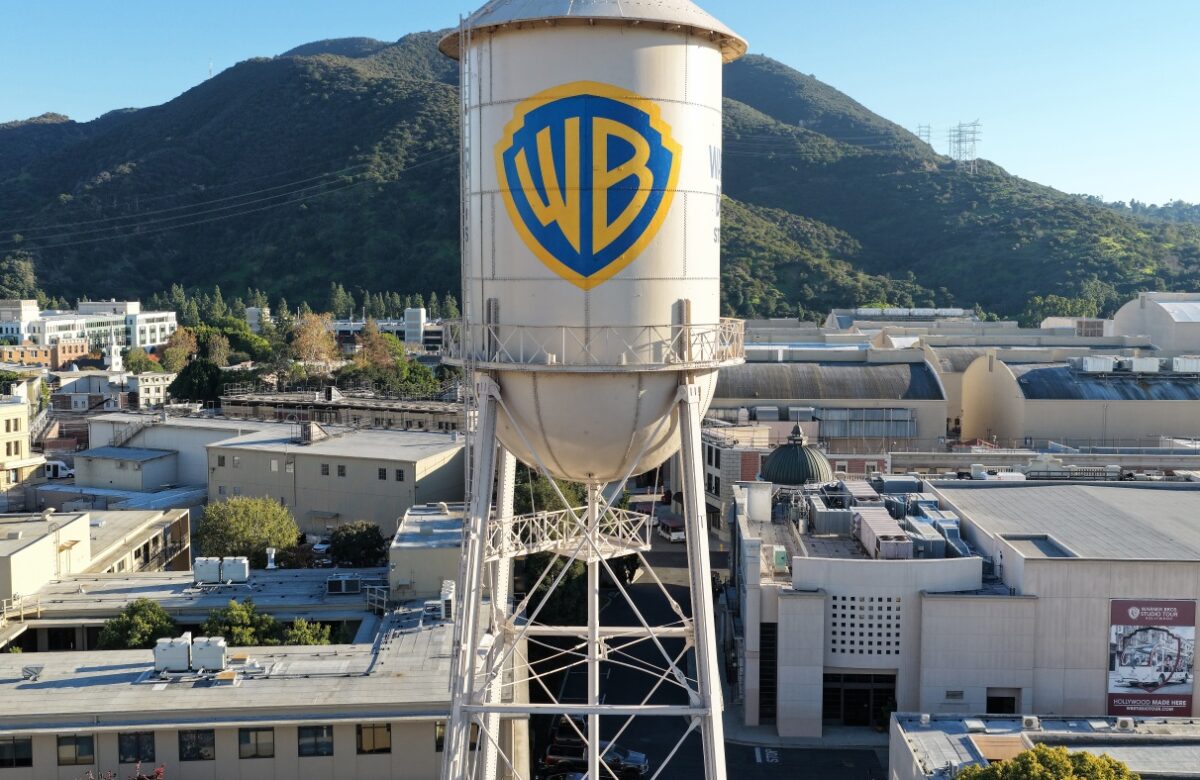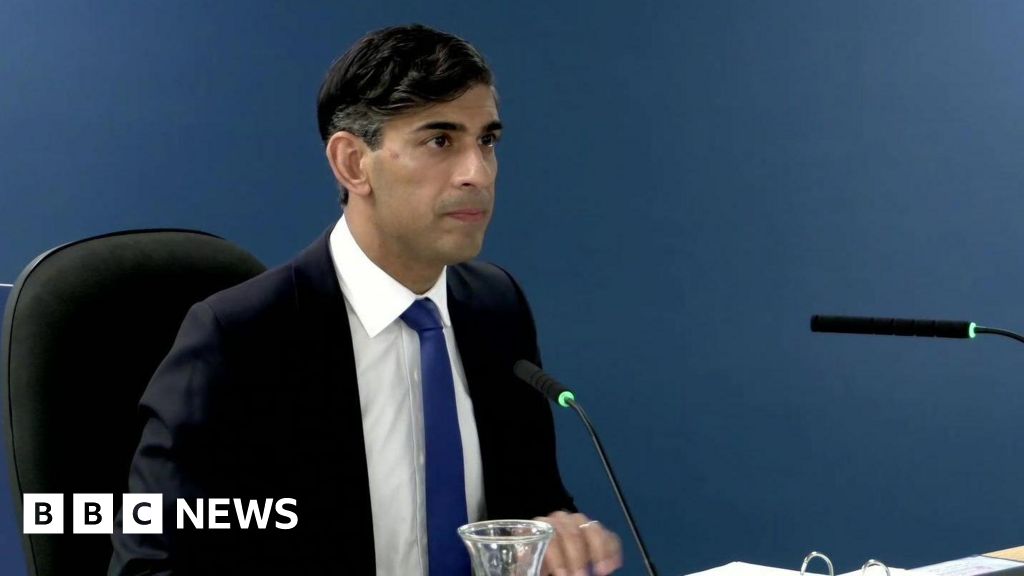
Boeing’s Starliner launches, sending NASA astronauts to the ISS
- Science
- June 6, 2024
- No Comment
- 124
The successful launch — after a month of delays — marks only the beginning of the journey. The autonomous spacecraft will have to catch up to the space station, traveling at 17,500 mph, and park itself at one of the orbiting laboratory’s docking ports. Along the way, NASA astronauts Sunita “Suni” Williams and Barry “Butch” Wilmore, the first to ever fly on Starliner, will take manual control of the vehicle to see how it performs.
After docking with the space station, which is scheduled for 12:15 p.m. Thursday, the capsule will spend about a week or more attached to the orbiting laboratory. Then crews will inspect the capsule to determine whether it could serve as a safe haven in the event of an emergency on the station, as well as how it operates in the vacuum of space.
The launch came after two canceled attempts, as engineers had to delay a few weeks to resolve a valve and computer issue with the rocket as well as a helium leak affecting the spacecraft’s propulsion system. While the mission is far from complete, officials from NASA and Boeing said after the launch that they felt a sense of relief — and redemption.
GET CAUGHT UP
Summarized stories to quickly stay informed
NASA Administrator Bill Nelson called the launch “another milestone in this extraordinary history of NASA. And I want to give my personal congratulations to the whole team that went through a lot of trial and tribulation. But they had perseverance.”
Officials said the countdown proceeded very smoothly and that no major issues had come up. “So far, we’re really not tracking hardly anything,” Steve Stich, NASA’s commercial crew program manager, said after the launch.
A few hours after liftoff, Wilmore and Williams were able to radio to the ground and were in good spirits. “It’s just fun to be in space again,” said Williams, a veteran of two previous space missions with 322 cumulative days in space. “I got to unstrap first, and I was like, ‘Oh, yeah, I’m floating. That’s pretty awesome.’”
During the liftoff, the rocket was “really smooth,” Wilmore said. “We were off and running.”
The end of the mission is a fiery descent through Earth’s atmosphere, testing whether the spacecraft’s heat shield and parachutes work as expected before a planned landing at one of five remote sites in the Western United States. The earliest opportunity for landing would be June 14, Stich said, adding that it could come later because of activity on the space station. “There’s nothing magic about that date,” he said. “A few days later, we have another set of opportunities as well.”
Boeing’s Mark Nappi, who oversees the Starliner program for the company, said that the launch “is just the first part of this,” and that the teams won’t celebrate until the capsule is back on Earth with the crew safe: “Our team is really focused on that.”
After years of criticism, he said he talked to his “team a lot about just ignoring a lot of the stuff that you read. We focus on the positive. We focus on the accomplishments, and we learn from the setbacks that we’ve had.”
If all goes well, NASA would certify Starliner for regular crewed rotation missions, carrying a full contingent of four astronauts to the space station. That would, for the first time, give the space agency two American-made vehicles to ferry astronauts there. Since 2020, Space X has been flying those missions alone, but NASA has long wanted two spacecraft for its “commercial crew” program so that if one went down it would have a backup. Russia also flies crews to the orbiting laboratory.
NASA and Boeing originally hoped to launch the mission May 6 but were forced to delay because of a malfunctioning valve on the rocket. Since then, they also discovered a small helium leak in the spacecraft’s propulsion system but determined it was so small it would not pose a risk to the flight. On Saturday, a computer aborted the launch sequence with less than four minutes to go.
From the beginning of the program, Boeing was favored to fly first, and many wondered whether NASA would even bother offering a contract to SpaceX. In 2014, NASA awarded Boeing $4.2 billion; SpaceX won $2.6 billion for the same number of flights.
Since then, SpaceX has become the dominant commercial rocket and spacecraft manufacturer. It flew astronauts first, completing its first crewed test mission in May 2020. That flight was a major coup for NASA that finally gave it a way to get its crews to space. In 2011, the space shuttle was retired, forcing NASA to rely on Russia to fly people to the station until SpaceX started flying.
Boeing’s Starliner, meanwhile, faced a series of challenges, from software that wasn’t fully tested to stuck valves, as well as a parachute system that needed to be redesigned. Along the way, it had to fly two test flights without crew on board, instead of one as had been anticipated — because of the problems. Its first attempt, in late 2019, was cut short because the spacecraft’s onboard computer was off by 11 hours and the spacecraft never reached the station. Finally, on its next flight in 2022, it reached the space station.
But after that flight, the company discovered that tape used to cover electrical wiring in the capsule was flammable and that its parachutes needed an upgrade.
NASA officials publicly supported Boeing and worked steadily to help it get Starliner to the point where it could fly astronauts safely. But they also said they should have exerted more vigorous oversight over the company as it worked to develop the spacecraft.
The mishaps have cost the company about $1.4 billion. Boeing executives have said that while the company would complete its contract with NASA to fly as many as six operational missions to the station, the future of Starliner is uncertain, given the losses.
Boeing hopes the successful liftoff will mark a turning point for the program — and the company’s ambitions. The flight comes as its commercial aviation division faces probes related to how a door plug blew off a 737 Max airplane in January shortly after takeoff of an Alaska Airlines flight. The company is also shuffling its leadership and replacing CEO Dave Calhoun, who took over the company after another disaster — the crashes of two 737 Max airplanes that killed 346 people in 2018 and 2019.
Williams, a veteran NASA astronaut who had waited years for the flight, said in an interview that since it was a test flight she expected issues to crop up that would be fixed for future flights. Still, she said, NASA and Boeing would not fly unless they were convinced they could do so safely.
“We do anticipate everything’s going to go as planned,” she said in an interview. “But if it doesn’t, we’ll take a moment and analyze it and talk about it, and we’ll be okay. So our confidence in the mission is high.”
#Boeings #Starliner #launches #sending #NASA #astronauts #ISS








